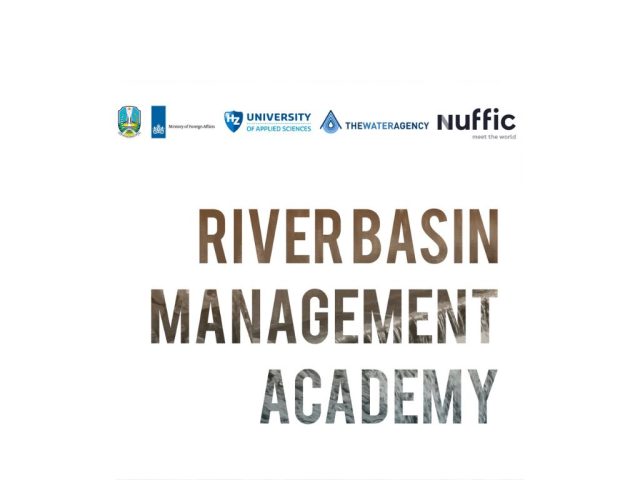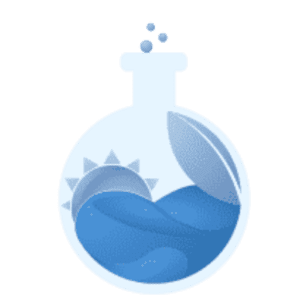Welang River Basin Management Academy (RBMA) final presentation was successfully held on 17 March 2022. This training was tailor-made to support the knowledge transfer and capacity building for the Water Resource Department of the East Java Provincial Government’s young staff. A collaboration with the East Java office, the Netherlands Ministry of Infrastructure and Water Management, Nuffic, and executed by HZ University and The Water Agency, the training used Welang Masterplan as the learning ground, reflecting on the real situation and challenges in the river.
RBMA courses ran for twelve months, starting in April 2021 until April 2022. The main goal of the training is to facilitate knowledge transfer and transformation, which has a big potential to be replicated in the future for new DPU-EJP employees to provide opportunities for lifelong learning following the Sustainable Development Goals 4 agenda. The program consisted of 29 lectures that were divided into five blocks, followed by the final block on practical work.
Block 1 – Systems Thinking & System Analysis
Block 2 – Planning For The Future
Block 3 – Stakeholder Engagement
Block 4 – Circular And Ecosystem-Based Planning
Block 5 – River Basin Governance
Block 6 – Practical Work Of Welang River Basin Assignment
The knowledge earned from the previous blocks is then incorporated into building a solution deck for the Welang River Basin Assignment practical work.
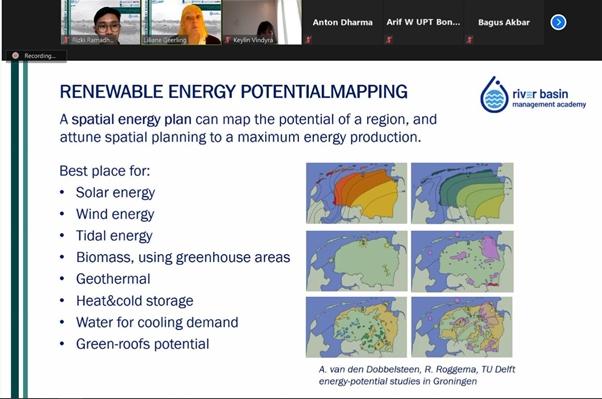
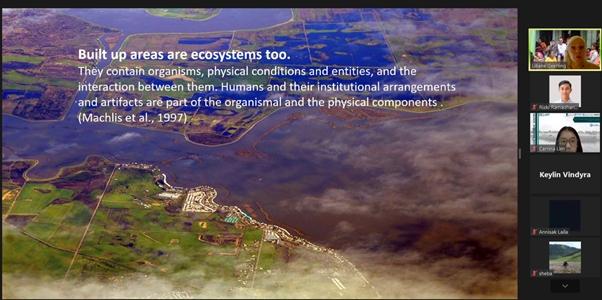

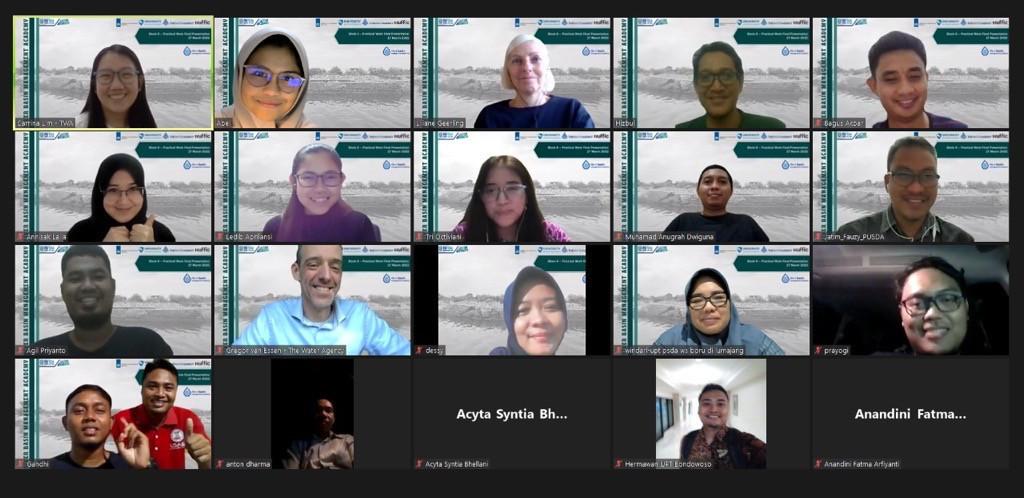
Alternative Solutions from Practical Work Of Welang River Basin Assignment
Four groups and four individual participants followed the practice stage. Using a nature-based approach to solve real-world problems in the Welang River, this practicum stage aims to foster participant innovation. Gully plugs and tree replanting are part of the Welang watershed’s upstream section; this should be reinforced by affirming regulations on land use transfer and conservation efforts. The majority of recommendations for the middle stream include
- creating wetlands to increase water retention time,
- recharging groundwater and serving as water purification sites, and
- reviving dead river sections as fish farming sites that also serve as additional water storage.
The construction of retention ponds and sediment traps in the middle stream is also recommended. Proposals that can be implemented downstream include adding bio-pores facilities and cooperating with the government’s program and CSR of related companies. The downstream section close to the estuary can be developed into a coastal reservoir with sediment control to avoid siltation.
Article by: Amanda Abiella Resmana


